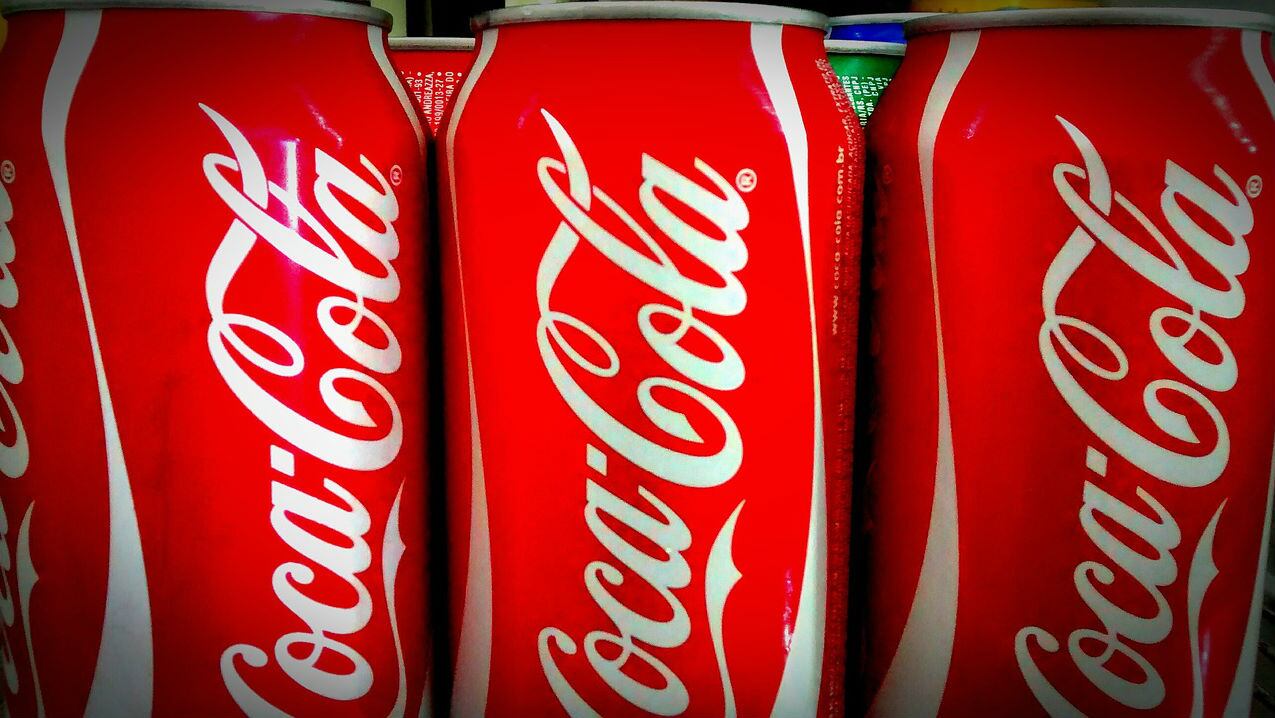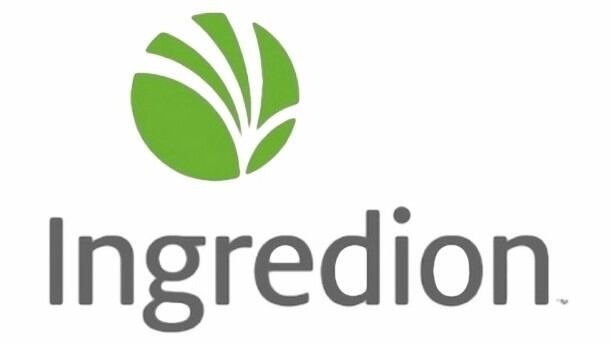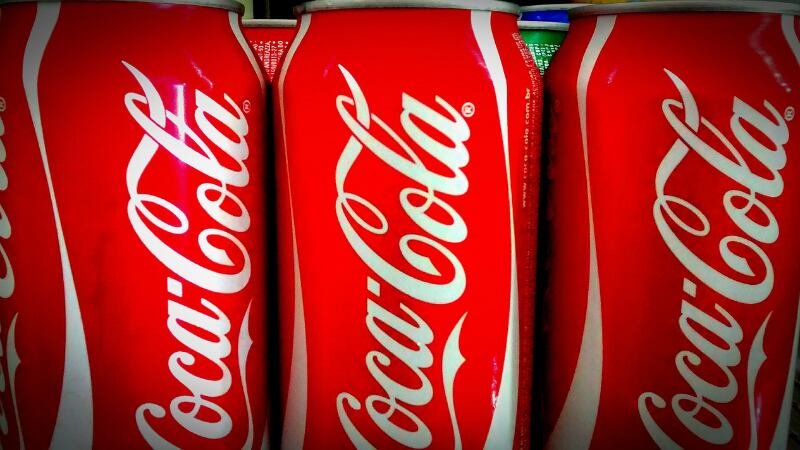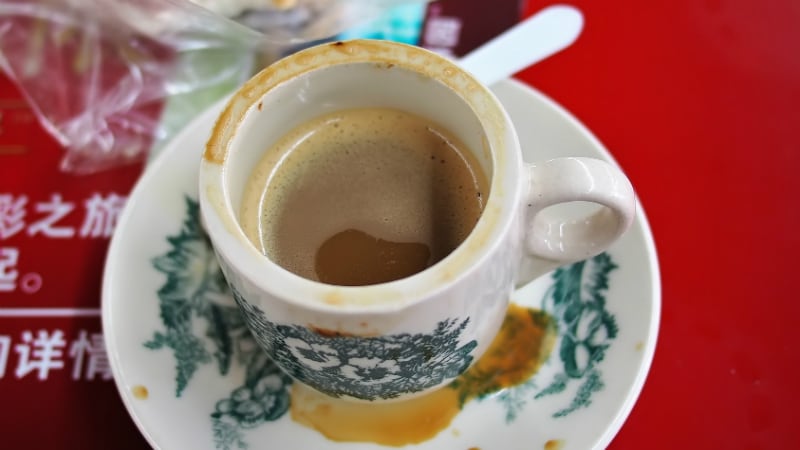In an official statement, Group Managing Director Alison Watkins said that the success of the product was a ‘testament to the trend toward low- and no-sugar choices’.
“We continued to see consumer movement towards [these reduced sugar] choices. With the success of Coca-Cola No Sugar and low-or no-sugar options in all other major brands, we are well placed to capitalise on this trend,” she said
Coca-Cola No Sugar is part of Coca-Cola Amatil’s sugar reduction pledge, where the company committed to a 10% reduction in sugar content across its Oceania portfolio by 2020, as well as an overall 20% reduction in Australia by 2025.
The pledge is in line with an overall industry sugar reduction pledge that the country’s beverage industry has committed to.
According to Watkins, the company has seen ‘strong progress’ in this area, with a net 5.7% reduction (grams of sugar per 100ml) as compared to 2015.
Coca-Cola Amatil will also be investing a further A$10mn (US$7.2mn) into ‘feet on the street’ marketing this year, which Watkins said will complement current in-store execution and market campaigns for the product.
She added that: “[The growth in sales volume is also] a testament to Coca-Cola No Sugar’s flavour - taste tests showed it’s actually preferred by a majority of Classic Coke drinkers and at least equally liked by lovers of Coke Zero.
“We also saw good results from products like Coca-Cola Raspberry, and the launch of Coca-Cola Orange No Sugar and Coca-Cola Vanilla No Sugar. And we’re leading the way in New Zealand with the world-first launch of Coca-Cola Stevia No Sugar.”
Coca-Cola Amatil full year results
Reporting its results for the full year, Coca-Cola Amatil said in a separate statement that 2018 was considered a ‘transition year’ for the company.
“[This is because of our] planned investment in the Accelerated Australian Growth Plan, the introduction of container deposit schemes, economic factors in Indonesia and operational challenges in Papua New Guinea,” said Watkins.
She described the market in Indonesia as ’encouraging’, even though results were affected by ‘soft market conditions, a weak currency and higher commodity prices’.
New Zealand and Fiji were the company’s strongest-performing markets, with volume growth across all major channels in the former and both revenue and volume growth across all channels in the latter.
The company reported an overall earnings before interest and tax (EBIT) of A$634.5mn (US$454mn), and a net profit after tax (NPAT) of A$388.3mn (US$278mn), both of which saw a 6.5% decline from the previous year.
Moving forward
According to Watkins, 2019 will the second year of a two-year transition phase for Coca-Cola Amatil and earnings are only expected to return to growth status in 2020.
“In [our Australian Beverages segment], we will be positioned for growth in 2020, with the completion of the additional A$10mn (US$7.2mn) of investment in our Accelerated Australian Growth Plan to increase our salesforce and with container deposit schemes in NSW and Queensland substantially embedded by the end of 2019,” she said.
New Zealand and Fiji are expected to grow further, but the prospects are not quite so optimistic for Indonesia.
Watkins said that the company will continue to invest in the Indonesian market, but that ‘current macroeconomic conditions, a weak Indonesian rupiah, higher commodity costs and current consumer spending trends are expected to continue’.
“[We are] targeting a return to mid-single digit EPS growth from 2020, in line with our shareholder value proposition. Our level of performance depends on the success of revenue initiatives in Australia, Indonesian economic factors and regulatory conditions in each of our markets.”





